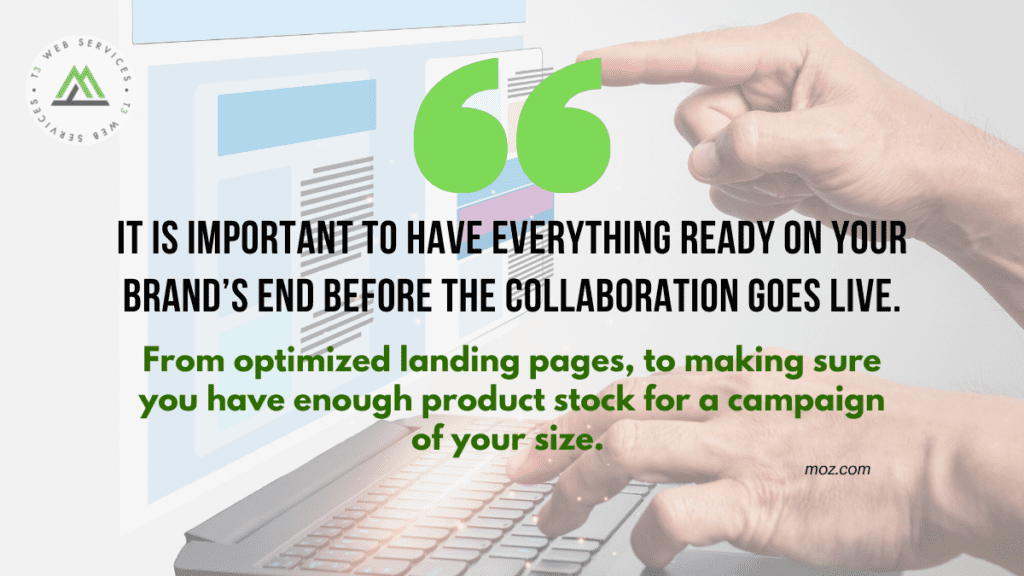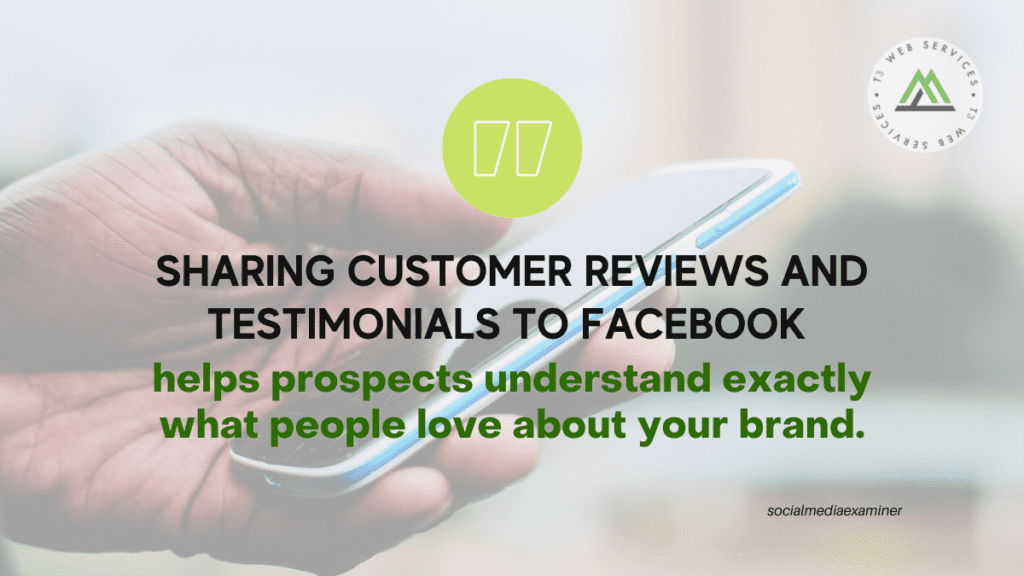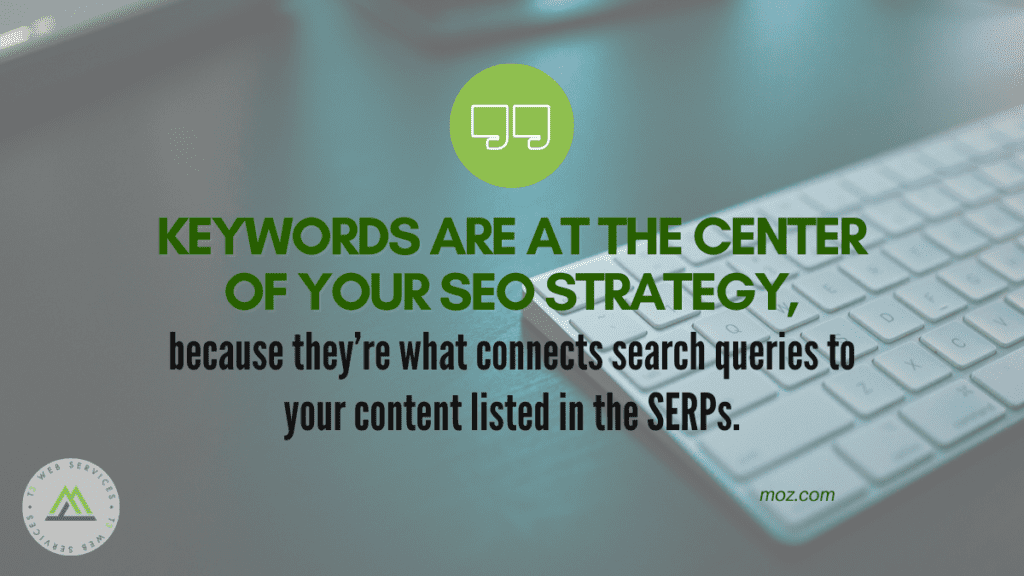There’s no doubt about it – landing pages are essential for any business with an online presence. After all, landing pages are the key to converting website visitors into paying customers. However, creating a landing page that drives traffic, catches audiences’ interests, and generates sales is easier said than done. With so many competing websites vying for attention, it can be difficult to make your landing page stand out from the crowd.
Step One: Do Your Research – Before you even begin designing your landing page, it’s important to do your research. This means studying your competition and identifying what they’re doing well on their landing pages. What kind of content are they including? Are they using any special design features or gimmicks? What’s the user experience like?
Step Two: Create a Strong Value Proposition – Your landing page needs a strong value proposition that communicates the benefits of using your product or service. This means highlighting the key features and advantages of what you have to offer, and explaining how it can solve your customers’ problems or meet their needs.
Step Three: Produce Quality Content – In order for your landing page to be successful, it needs to include high-quality content that is relevant to your target audience. This content should be well written, informative, and engaging, so visitors will want to stick around and learn more.
B2B Marketing News: B2B Conversion Priorities, Google’s Sweeping Analytics Change, Ad Market’s Continued Recovery, & YouTube’s New Livestream Features

The Top Benefits of a Data-Driven B2B Demand Gen Strategy
B2B marketers have said that better leads, customer experience, and return on investment (ROI) were among the top benefits of effective data-driven strategy, while 54 percent said that quality data enables them to make more effective spending decisions, according to newly-released survey data of interest to digital marketers. MarketingProfs
Prepare for the future with Google Analytics 4
Google will sunset its longstanding existing analytics incarnation in July 2023, and has laid out a plan encouraging users of the present version to switch to the new version, which adds greater privacy law compliance, while also removing access to analytics data from the current version, the search giant recently announced. Google
Report: Edge technologies will drive emerging tech investments in 2022
When it comes to investments in edge technologies, over half of global professionals at mid-to-large organizations have said that board directors were among the primary decision makers at their firm, more so than for traditional technology choices that typically see greater involvement of IT departments — one of several findings of interest to B2B marketers contained in newly-released report data from Gartner. VentureBeat
https://www.toprankblog.com/2022/03/b2b-marketing-news-032522/
How Competitor Analysis Helps You Create Landing Pages That Convert

1. Brainstorm, research, and compare
Rebekah Edwards, CEO at SEO agency Clara, says her research process starts with the target customer: What would they be looking for? What things would they like to see?
Using a combination of Ahrefs and SimilarWeb, Rebekah looks at their:
- Visitor demographics
- Traffic breakdown (ads, organic, social, etc.)
- List of competitors from SimilarWeb to add any she hasn’t already found
She says the most effective thing she does is look at the competitor landing pages side by side on both mobile and desktop and jot down her observations.
2. Make sure you have the right audience
Christopher Penn, co-founder and chief data scientist at Trust Insights, shares his thoughts on how to create landing pages using competitor analysis in this video:
Among his advice is the success of landing pages depends on three things:
- Have you got the right audience?
- Do you have the right offers for your audience?
- Is the creative good?
https://contentmarketinginstitute.com/articles/competitor-analysis-landing-pages-convert
How Social Media Trends Can Influence Your SEO

How brands can take advantage of existing social media trends to drive traffic to their website
Recreate trending content
One way to interject your brand into culturally relevant moments is to recreate a trending piece of content on your brand’s social media account. By putting your own spin on it, you can get your product or message out there in a very authentic way.
Create supporting content off social media
At this stage, most brands are doing the above, but what many brands and creators still aren’t doing is providing supporting content off of social media platforms. As we’ve seen, viral social media trends often transcend their original platform. Google Trends tells us people are searching for trending items on Google in conjunction with those trends taking off. It’s a missed opportunity to ignore the search boosts resulting from viral social media trends or organic influencers’ mentions.
Define campaign goals and target audience
Before even coming up with a creative angle, always start by defining your campaign goals and target audience. One of the biggest mistakes new as well as established brands make is choosing influencers solely based on popularity or how many followers they have. Your target audience has to overlap and the collaboration has to come across authentic to truly resonate with the audience.
https://moz.com/blog/social-media-trends-influence-seo
14 Facebook Post Ideas for Businesses

#1: Ask Followers to Choose This or That
When you want to get your audience talking on Facebook, asking them to choose between two or more options is an easy way to start a conversation. You might ask them which product or style they prefer. Or you might take the opposite approach and ask them which they’d rather eliminate.
You can use this type of post to generate engagement or reinforce your customer community. If you ask followers to choose among some of your existing or potential products, you can also use this kind of post to conduct informal market research.
#2: Offer a Product Walkthrough
How well do your Facebook followers know your products or services? If they’re new to your brand, it can be helpful to walk them through your offerings. If your product line is on the smaller side, you might offer a brief overview or a short introduction to each item.
#3: List Pros and Cons
If you want to introduce new products and services to your audience or increase awareness of existing offerings, listing pros and cons can give your content much-needed structure. This type of post helps position your products and encourages followers to identify the best option for them—especially if they’re on the fence about a purchase.
https://www.socialmediaexaminer.com/14-facebook-post-ideas-for-businesses/
How to Prep Your SEO Strategy for a New Website

1. Pick the right domain name (you can’t change it after!)
The right domain name is associated with SEO equity, so aligning your company and brand name with your domain name is critical. When you have a new domain, you’re essentially starting your SEO from scratch.
2. Choose a high-speed website hosting provider
The average Joe won’t wait longer than three seconds for a website to load, so ensuring an excellent host is the first step of your SEO strategy.
3. Set up Google Search Console
Google Search Console is like your SEO fairy godmother. It’ll provide you with tons of that that you need to achieve SEO success. With Google Search Console, you can check things like:
- Page speed issues
- Organic keywords that bring in website clicks
- Your average click through rate (CTR)
- Sitemap submission
- Crawl and index errors
- Page performance
https://moz.com/blog/new-website-seo-strategy
Tagging Blog Posts: Do Blog Tags Help SEO?

Blog tags, in most cases:
- Generate unique pages that likely compete with main categories and articles because they are short variations of the same topic. There may not be a “read more” type of feature for older sites, which makes the UX weird when full posts and blurbs appear in the reading pane.
- Compete with other tags cannibalizing the keywords if they are too similar.
- Tag pages that contain lots of articles or only a few. These pages are likely not a good user experience for someone to land on from a Google search. However, the articles on a category page can be a better experience.
- Waste your crawl budget. If you have 100 posts and 1,000 tags, search engine spiders get lost in the massive web of tags, and these same tags can destroy a proper site structure.
https://www.searchenginejournal.com/blog-post-tags-seo/392067/#close
A Complete SEO Checklist For Website Owners

Technical SEO Cheat Sheet
Before focusing on the specific content that you want to rank in the search engines, you have to make sure that your site can be indexed and crawled.
This all falls into the category of technical SEO.
Free Reporting Platforms
Start off by making sure you have Google Search Console, Bing Webmaster Tools, Google Analytics, and Google Tag Manager tied into your site.
These tools all deliver great diagnostic and analytics data to help you along the way.
XML Sitemap
This is a table of contents for your website. The sitemap file is the modern way of “submitting” your pages to search engines.
Most website platforms have this built-in or have plugins/add-ons that will create a dynamic sitemap that stays in sync with the pages on your site.
At worst, you should at least have a static one that you can generate through a number of free tools.
Read more: https://www.searchenginejournal.com/complete-seo-checklist/435998/


 How to Plan and Create Compelling CTA’s That Convert
How to Plan and Create Compelling CTA’s That Convert
Leave a Reply